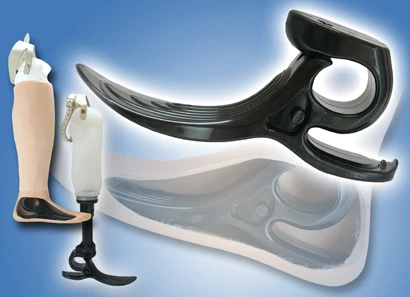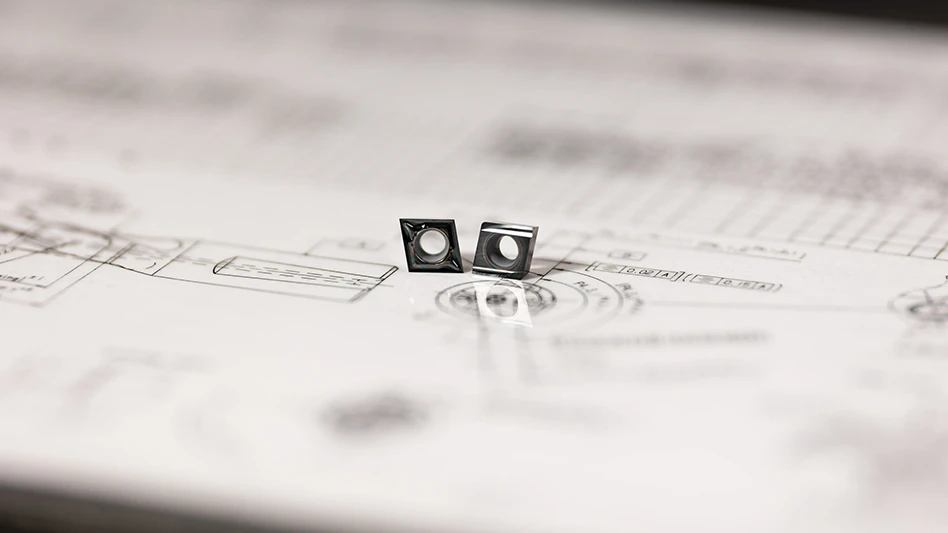
The Niagara Foot is a new, affordable, high-performance prosthetic foot intended for active individuals who have been victims of landmines. A key aspect of its design lies in its keel – a single, S-shaped part, injection-moulded from DuPont Hytrel thermoplastic polyester elastomer, which acts like a spring to provide energy storage and return during the gait cycle.
Benefits Gained
Design of the Niagara Foot is specifically for individuals with active lifestyles and those who walk on rugged ground.
Its novel, energy-return design relies on the stiff, yet flexible properties of DuPont Hytrel thermoplastic polyester elastomer to provide user benefits in terms of stability, effectiveness, and comfort.
According to its designer and manufacturer, the energy-return principle incorporated into the design of the Niagara Foot allows the user to walk more naturally than conventional designs.
Moreover, patients are able to detect and appreciate the performance of this device, which decreases the muscular effort required for walking.
Materials Selected and Why
Chosen due to its combination of low flex fatigue and high stress resistance was DuPont Hytrel 8238, which helps ensure the foot meets, or surpasses, standards for high-loading conditions such as running, walking, or jumping.
This particular grade of Hytrel is able to store and release energy, mimicking the natural movement of the ankle complex, in over two million cycles.
Despite the abnormally thick wall sections required by the design, Hytrel flows easily to produce a well-packed part without voids – essential for achieving flex fatigue resistance.
Latest from Today's Medical Developments
- A Primer on Defense Contract Manufacturing
- September 2024 USMTO orders up from August 2024; up from September 2023
- Sandvik Coromant's automatic tool change (ATC) for turning centers
- IMTS 2024 Booth Tour: Vollmer
- Supply chain vulnerabilities amid rising cyberattacks
- CERATIZIT’s UP2DATE solutions for micromachining, milling titanium, finishing steel
- IMTS 2024 Booth Tour: Hurco
- HANNOVER MESSE 2025 presents digital ecosystems





